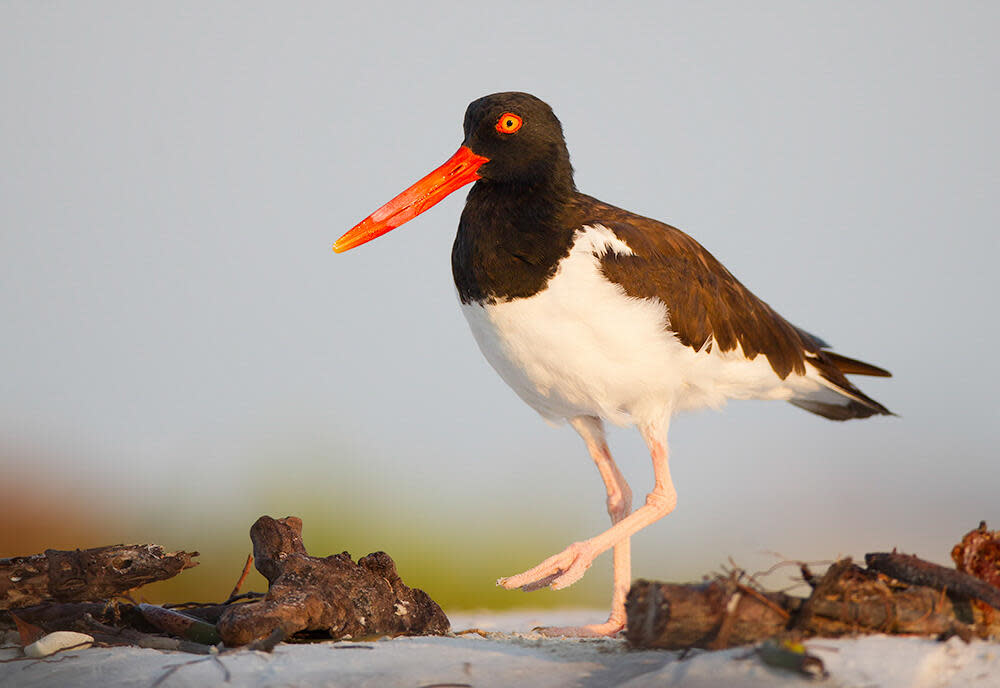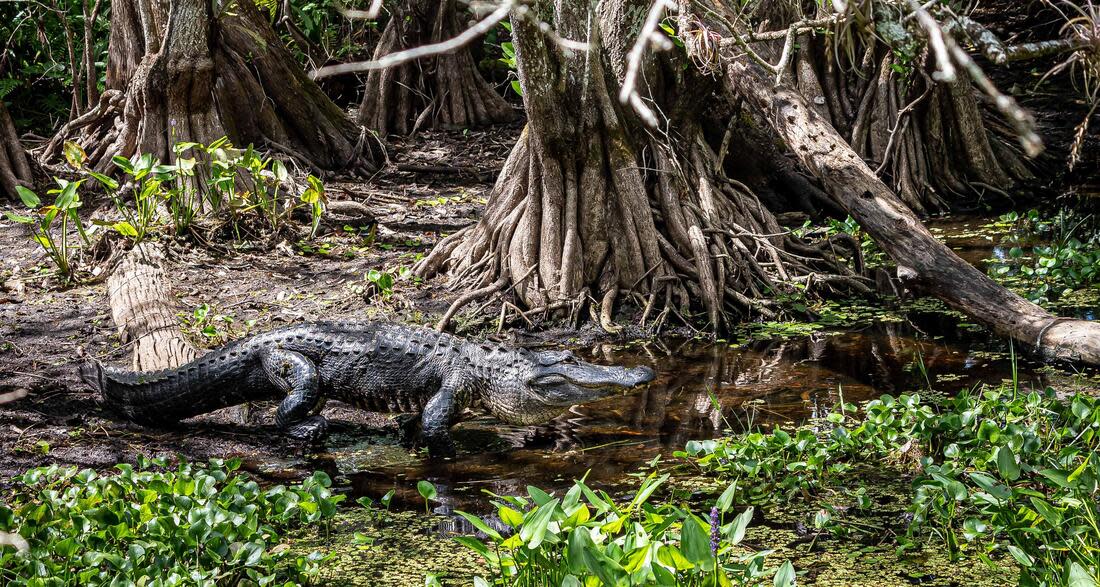Have You Spotted these Nesting Sea and Shorebirds?

Have You Spotted these Nesting Sea and Shorebirds?
If we share the shore, vulnerable nesting birds will have successful breeding seasons. Multiple bird species use our coastlines as their nesting grounds.
Read on to see which of these birds you have spotted!
Least Tern

Our smallest tern. Often seen flying low over the water, with quick deep wingbeats and shrill cries. Usually hovers before plunging into water for tiny prey; does more hovering than most terns. Populations are endangered in many areas because of human impacts on nesting areas, especially competition for use of beaches. However, Least Terns in some parts of the east are now nesting successfully on gravel roofs near the coast.
Least Tern. Photo: William Dix/Audubon Photography Awards.
Black Skimmer
 The strange, uneven bill of the skimmer has a purpose: the bird flies low, with the long lower mandible plowing the water, snapping the bill shut when it contacts a fish. Strictly coastal in most areas of North America, Black Skimmers are often seen resting on sandbars and beaches. Unlike most birds, their eyes have vertical pupils, narrowed to slits to cut the glare of water and white sand. Flocks in flight may turn in unison, with synchronized beats of their long wings. The world's three species of skimmers are sometimes placed in their own separate family, although they are clearly related to the terns.
The strange, uneven bill of the skimmer has a purpose: the bird flies low, with the long lower mandible plowing the water, snapping the bill shut when it contacts a fish. Strictly coastal in most areas of North America, Black Skimmers are often seen resting on sandbars and beaches. Unlike most birds, their eyes have vertical pupils, narrowed to slits to cut the glare of water and white sand. Flocks in flight may turn in unison, with synchronized beats of their long wings. The world's three species of skimmers are sometimes placed in their own separate family, although they are clearly related to the terns.
Black Skimmer. Photo: Steve Kendall/Audubon Photography Awards.
Gull-billed Tern
 Besides the thick bill that gives it its name, this tern has a relatively stocky build and broad wings. Typically seen in leisurely flight over marshes, hawking for insects in the air or swooping down to take prey from the water or the ground; unlike typical terns, rarely dives into water for fish. On the ground, walks better than most terns. Widespread in warmer parts of the world, but local in North America, mainly in southeast. Generally found only in small numbers.
Besides the thick bill that gives it its name, this tern has a relatively stocky build and broad wings. Typically seen in leisurely flight over marshes, hawking for insects in the air or swooping down to take prey from the water or the ground; unlike typical terns, rarely dives into water for fish. On the ground, walks better than most terns. Widespread in warmer parts of the world, but local in North America, mainly in southeast. Generally found only in small numbers.
Gull-billed Tern. Photo: Photo: USFWS/Flickr (CC BY 2.0).
American Oystercatcher
 A very large, unmistakable shorebird of Atlantic and Gulf Coast beaches. Solitary or in family groups in summer, Florida’s year-round population of approximately four hundred nesting pairs of oystercatchers is augmented by an influx of more than 1,500 migratory birds each winter.
A very large, unmistakable shorebird of Atlantic and Gulf Coast beaches. Solitary or in family groups in summer, Florida’s year-round population of approximately four hundred nesting pairs of oystercatchers is augmented by an influx of more than 1,500 migratory birds each winter.
American Oystercatcher. Photo: Robert Blanchard/Audubon Photography Awards.
Snowy Plover
 An inconspicuous, pale little bird, easily overlooked as it runs around on white sand beaches, or on the salt flats around lakes in the arid west. Where it lives on beaches, its nesting attempts are often disrupted by human visitors who fail to notice that they are keeping the bird away from its nest; as a result, the Snowy Plover populations have declined in many coastal regions. Formerly considered to belong to the same species as the Kentish Plover of the Old World.
An inconspicuous, pale little bird, easily overlooked as it runs around on white sand beaches, or on the salt flats around lakes in the arid west. Where it lives on beaches, its nesting attempts are often disrupted by human visitors who fail to notice that they are keeping the bird away from its nest; as a result, the Snowy Plover populations have declined in many coastal regions. Formerly considered to belong to the same species as the Kentish Plover of the Old World.
Snowy Plover. Photo: Alena Ebeling Schuld / Audubon Photography Awards.
Wilson's Plover
 Several of our plovers are small birds with single dark neck rings. Wilson's Plover is slightly larger than the others, and has a more southerly distribution, living on beaches along the southern Atlantic and Gulf Coasts. Its oversized bill is not only its best field mark, but also a clue to its feeding behavior: some studies have shown that it tends to capture and eat slightly larger creatures than the other plovers on the beach.
Several of our plovers are small birds with single dark neck rings. Wilson's Plover is slightly larger than the others, and has a more southerly distribution, living on beaches along the southern Atlantic and Gulf Coasts. Its oversized bill is not only its best field mark, but also a clue to its feeding behavior: some studies have shown that it tends to capture and eat slightly larger creatures than the other plovers on the beach.
Wilson's Plover. Photo: Teri Zambon/Audubon Photography Awards.
About Audubon Corkscrew Swamp Sanctuary
 Corkscrew Swamp Sanctuary occupies approximately 13,450 acres in the heart of the Corkscrew Watershed in Southwest Florida, part of the Western Everglades. It is primarily composed of wetlands. These include the largest remaining, virgin bald cypress forest in the world (approximately 700 acres), which was historically the site of the largest nesting colony of Federally Endangered Wood Storks in the nation. In addition to the Wood Stork, Corkscrew Swamp Sanctuary provides important habitat for numerous other Federal and State listed species, including the Florida panther, American alligator, gopher tortoise, Florida Sandhill Crane, Roseate Spoonbill, Snowy Egret, Tricolored Heron, White Ibis, Big Cypress fox squirrel, and the Florida black bear. Several rare plants are also found here, most notably the ghost orchid.
Corkscrew Swamp Sanctuary occupies approximately 13,450 acres in the heart of the Corkscrew Watershed in Southwest Florida, part of the Western Everglades. It is primarily composed of wetlands. These include the largest remaining, virgin bald cypress forest in the world (approximately 700 acres), which was historically the site of the largest nesting colony of Federally Endangered Wood Storks in the nation. In addition to the Wood Stork, Corkscrew Swamp Sanctuary provides important habitat for numerous other Federal and State listed species, including the Florida panther, American alligator, gopher tortoise, Florida Sandhill Crane, Roseate Spoonbill, Snowy Egret, Tricolored Heron, White Ibis, Big Cypress fox squirrel, and the Florida black bear. Several rare plants are also found here, most notably the ghost orchid.
To find out more, visit their website here.
Become a Bird Steward
Volunteer to help protect our beautiful beach birds!
Find out more here!
Images

